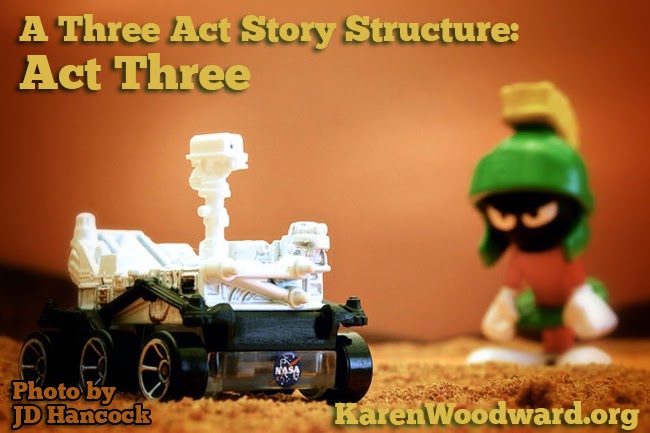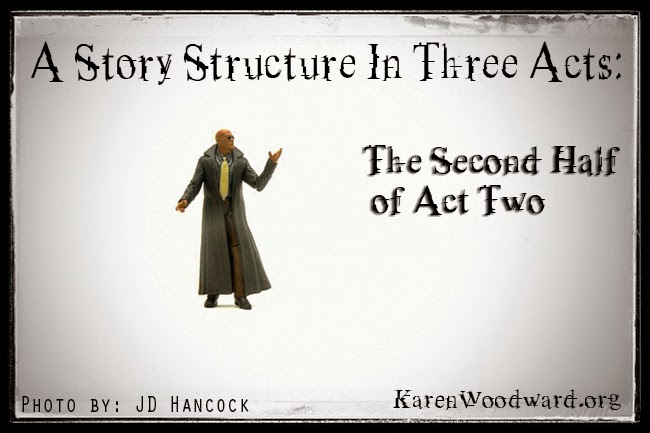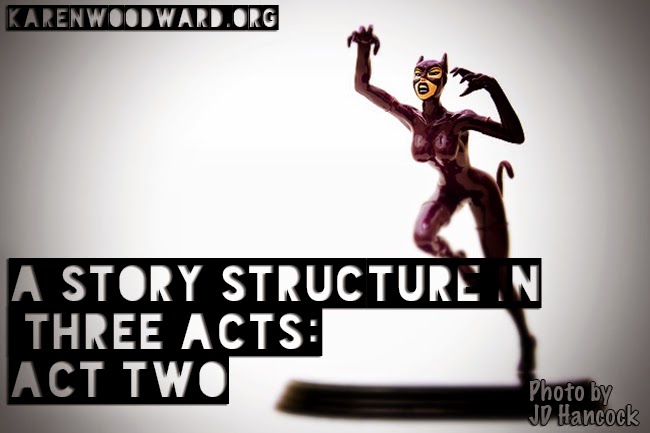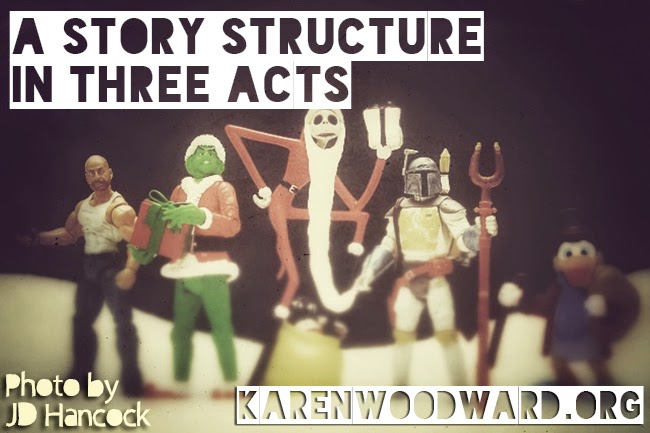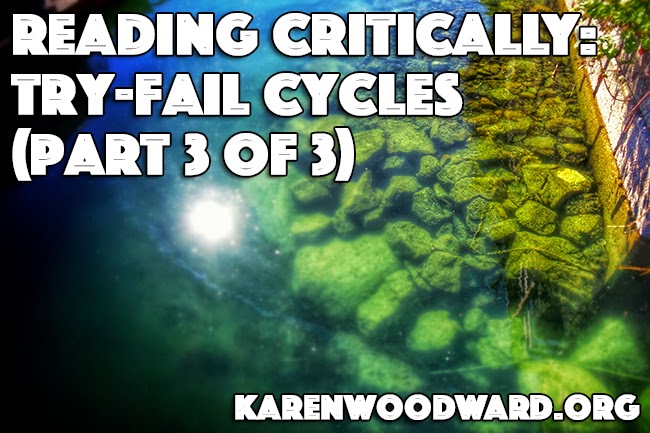I’ve been reading Deborah Chester’s excellent book on Story Structure: The Fantasy Fiction Formula.
Have you ever read any of the books in Jim Butcher’s The Dresden Files series? Butcher’s books usually find their way to the number one position on the New York Times Bestsellers list. Well, Deborah Chester was Jim Butcher’s writing mentor. Butcher wrote the first book in his series, Storm Front, while he was taking a class from her, a book he also dedicated to her.
Butcher also wrote the forward for Chester’s book:
“So, aspiring writer, let me do you the favor I wish someone had done me. Let me tell you what you need to hear.
“Shut up and do what Debbie tells you to do.
….
“Who am I to tell you that?
“I’m the guy who took the principles of story structure which she taught me and built a career on them. As I type this, I have published twenty-four novels, the last five of them #1 New York Times bestsellers. …
“And to this day, I still occasionally refer to my notes, taken in her classroom at the University of Oklahoma …” (The Fantasy Fiction Formula, Deborah Chester; Foreword by Jim Butcher)
Also, as Jim Butcher mentioned elsewhere in his foreword, Deborah Chester has also published 40 novels of her own.
What are stories?
I write popular fiction so that’s the sort of story I’m talking about here. The overwhelming majority of popular novels have the kind of structure I’m going to talk about. Why? Because it works. People find books with this structure difficult to put down.
What’s the secret to writing an immersive story?
Stories are made up of Scenes and Sequels. In this post I’m going to concentrate on scenes, I’ll talk about sequels in another post. My apologies in advance for the point form of this post, but there’s SO MUCH information to communicate that I can’t spend very much time on any one point.
What are scenes?
Scenes are the basic units of fiction.
Deborah Chester writes, “If a scene’s going to succeed, it’s because it serves up a CLEAR GOAL, STRONG STAKES, and INTENSE CONFLICT.” [emphasis mine]
In a scene, the protagonist confronts the antagonist in disagreement over a specific, concrete, objective.
What is the function of a scene?
Scenes:
- Push a story forward.
- Reveal character.
- Raise the stakes.
- Intensify suspense.
- Produce consequences later in the story, consequences that are related to the story goal.
What are the elements of a scene?
There are three main parts to a scene:
a. Every scene begins with a goal.
b. Every scene has conflict.
c. Every scene ends in a resolution.
Let’s look at each of these in turn.
a. Every scene begins with a goal
In the beginning of every scene the reader needs to know three things:
i) The characters. Who is the protagonist? Who or what is the antagonist?
ii) The setting. Where is the scene taking place? Could the action taking place as easily take place in another setting? If so, perhaps make the setting more relevant to the scene goal.
iii) The mood. Does the mood match the genre? For example, the setting in a horror story doesn’t always have to be dark and spooky, but that would help it cultivate the right mood.
Scene Goal:
The scene goal provides a scene with direction and organization. If you’re not sure what the scene goal is, ask yourself: What is your protagonist trying to do?
EVERYTHING in a scene revolves around the scene goal. Deborah Chester writes: “If a scene doesn’t change the protagonist’s situation, however slightly, or if it has no impact on later story development, cut it.”
A scene doesn’t start until the protagonist either THINKS, STATES or ACTS on a scene goal.
The scene goal needs to be both specific and attainable now.
Stakes:
- For each scene, ask yourself what is at stake?
- Stakes connect to your protagonist and antagonist's motivations.
- The stakes/conflict determine HOW LONG a scene will run.
b. Every scene has conflict.
The conflict is between the protagonist and antagonist.
(a.) Every scene has a protagonist.
(b.) Every scene has an antagonist and the antagonist is usually a person.
(c.) Every protagonist has a clear, concrete, goal for that scene. This goal is distinct from the story goal.
(d.) The protagonist’s scene goal must clearly relate to the story goal.
Kinds of Scene Conflict:
Deborah Chester writes, “There can be no progression of events unless the protagonist hits opposition. The stronger the opposition, the better the story.”
Conflict can be either internal or external.
- Internal conflict comes from either two desires clashing (for instance, a desire to eat chocolate and a desire to lose weight) or from a desire being affected by an event in the external world (for instance, a desire to eat chocolate and aliens coming to Earth and gobbling up every single last piece of chocolate).
- External conflict comes from a clash between two visible, external, events. For instance, if one character says to the other, “Give me all your money” and the other character says, “No!” then we’ve got external conflict. The conflict in a SCENE must be external. (The conflict in a SEQUEL can be internal.)
What conflict must do in a story:
- Conflict must advance the story.
- Conflict creates CHANGE in the protagonist’s situation.
- Conflict raises the stakes.
- Conflict makes the story outcome less certain.
- Conflict heightens suspense. We want readers to worry about how things will turn out for the protagonist.
Deborah Chester notes that there are two kinds of conflict in scenes: SCENE CONFLICT (which I’ve written about, above) and ADVERSITY. While scene conflict is about “two characters in opposition over a clear, specific goal,” adversity is random bad luck. There is a place for random bad luck in a story -- for instance, it can play a role in the protagonist getting into trouble during the beginning -- but only a very small role. The overwhelming majority of the time the conflict is scene conflict.
Conflict types:
Here are the various types of conflict you'll see in a story: Combat, Verbal disagreement, Interrogation, Evasion and Bickering. Deborah Chester goes into each of these in her book, but I will just mention something about bickering: don't let your primary characters bicker. This is fine for secondary characters -- it can help the reader get a peek into their respective characters -- but primary characters need more robust sorts of conflict to act as a crucible.
c. Scene endings: every scene ends in a resolution.
I've gone into this above, but there are certain things that can't be emphasized enough:
- A scene must end in such a way that things are WORSE for the protagonist.
- Solutions are eliminated, options are taken away. At the end of the story the protagonist has no choice but to face the villain in the story’s climax.
- The protagonist’s trouble is increased.
- The stakes are raised.
Note: There should be no narration in a scene!
Deborah Chester writes, “... scenes should end in complete or partial failure for the protagonist.” “You want your readers surprised, astonished, shocked, perhaps even crying.”
Setbacks
Here are some reasons why the protagonist might suffer a loss, a setback:
- The protagonist is outgunned by the antagonist.
- The protagonist is outsmarted by the antagonist.
- The protagonist is outmaneuvered by the antagonist.
Further, the setback the protagonist suffers must be partly because of something about him or her. For example, in The Princess Bride Inigo Montoya loses a fight because he has less experience and skill than the six fingered man. The six fingered man then goes on to murder Inigo's father and steal a sword. In no way is his father's death Inigo's fault -- we do not expect an untrained child to win a dual with the best swordsman in the land.
The pattern of a setback: the possibilities (yes; no; yes but; no and furthermore)
Every scene has a goal. For example, Jane wants to find a way out of the dungeon the villain has trapped her in. That’s the scene goal. Since that’s the goal, the scene question would be: Will Jane find a way out of the dungeon the villain has trapped her in?
(I've written more about this here: Parts of Story: Try-Fail Cycles)
There are four possible try-fail cycles:
i) Yes, Jane will find a way out of the dungeon. (Success)
ii) No, Jane will not find a way out of the dungeon. (Failure)
iii) Yes, Jane will find a way out of the dungeon BUT as she walks toward the human sized crack in the wall she finds herself surrounded by skeletons shrouded in cobwebs.
iv) No, Jane will not find a way out of the dungeon AND FURTHERMORE the air begins to run out and she starts to suffocate.
Cashing out Try-Fail Cycles
The first possibility (Yes) usually doesn’t happen until the last scene … and sometimes not even then! I say usually because you may write one or more scenes from the point of view of the antagonist, in which case he will win the contest between him and the protagonist.
The second possibility (No) also doesn’t occur very often. The protagonist needs to progress, needs to change. Staying the same is boring, and if the protagonist fails to attain her goal, she’s right back where she began.
The third possibility (Yes, but) is the most common outcome. The protagonist will achieve the scene goal (and so she gets stronger, better, she grows as a person), but something will go wrong, something that plunges her into even more danger.
The fourth and last possibility (No, and furthermore) isn’t used often and is best left for major turning points. This scene ending is a disaster for the protagonist.
BTW, there is a fifth version I’ve heard of: No, BUT … Here the protagonist fails to achieve the scene goal but she manages to do something to get her a bit closer to what she wants. For example, Jane will not find a way out of the dungeon BUT she fill find a candle and some matches.
The Sequel: When the scene is over, the protagonist ...
When the scene is over we often have a sequel, but I'm not going to talk about that here, I'll eventually do another post on it. But, briefly, in a sequel we'll see the protagonist recover, dust himself off, pick up the pieces of his thwarted attempt to do something.
The protagonist will respond emotionally -- we'll see that he's angry. We'll see him vow to do whatever it takes to never let anything like that happen again. Given all this it will seem reasonable for the protagonist to take greater risks to achieve his goal in the next scene.
Protagonist and Antagonist
The scene’s antagonist needs to work in DIRECT OPPOSITION to the scene’s protagonist.
The antagonist doesn’t have to be the story villain, the Big Bad. Of course, it could be! But it might also be a friend, or ally or even the protagonist’s sidekick. For example, the two could disagree on how to achieve a common goal.
In Lord of the Rings Sam and Frodo fought over whether Golem could be trusted. Ask yourself:
- Why does the scene goal matter to the protagonist?
- Why does the scene goal matter to the antagonist?
Explaining the logic of a scene
Allow the protagonist to encounter serious, continually escalating trouble. This ensures that your protagonist is miserable most of the time (I talk about why this is important, below).
Use action/reaction units. Unless you’ve read Bickham or Swain this likely won’t make any sense to you. No worries, I talk more about it, below.
1. Keep your protagonist miserable by continually escalating/intensifying the trouble they get into.
DC writes that you do NOT want your protagonist to be successful or happy. You need them to be:
- Worried
- Stressed
- Suffering
Change is difficult. We don’t want to change. That means we need to force the protagonist (and perhaps her allies) to do things they normally wouldn’t. We need to force them to do things that will make them uncomfortable, that will even terrify them. Why? This is the only way humans can change: by doing what is difficult, by entering the forest where it is darkest, we get stronger (if we survive!)
Think of a blacksmith. Pure iron is stronger than impure iron. How does one get rid of the impurities? They are burned away in a crucible. The hottest fire yields the purest/best product. What is true for iron is also true for our characters, we must put them in a crucible to get rid of their weaknesses, to force them to change and grow.
As Deborah Chester says, “Your protagonist needs to run full-tilt into terrible trouble, fight her way through, and hit worse trouble, fight her way through, and hit worse trouble." And so on.
The protagonist must take risks the other characters won’t. She must stand and face problems to help her friends, or anyone she cares about.
2. The hero must fail.
Before the very end, the villain, the bad guy, will continually outmaneuver the protagonist.
DC writes, “Whatever matters most in the world to her [the protagonist] should be endangered so much that she can’t sit passively, crying and doing nothing. She must take action. She must become -- by stages, and through failures, and as a result of confrontations -- a hero.”
3. Use Action/Reaction Units (A/R Units)
A/R units are all about cause and effect. They have to do with an action and its immediate reaction.
There are two types of units: SIMPLE and COMPLICATED.
3a. Simple A/R unit.
What makes the simple A/R unit simple is that it includes, basically, one sentence (or one clause) that is an external, visible, action. This action is followed immediately by a reaction.
There must not be a gap or interruption between an action and its reaction.
For example: The girl threw a snowball at Mark. Mark ducked.
I’m not saying that's an eloquent example! But you get the idea.
3b. Complicated A/R units.
In a complicated A/R unit at least one of the characters involved in a complex scene won’t be fair or honest. There are two things here:
i) There is what the protagonist and antagonist are saying and doing, their dialogue and actions. (External)
ii) What the protagonist -- the viewpoint character -- is actually thinking and feeling. (Internal)
In other words, there needs to be tension between what the viewpoint character is saying versus what she’s feeling inside.
Here is an example Deborah Chester gave:
"Hello," Michael said.
Screeching, the pixie flew at Michael's face, trying to jab his eye with what looked like a sewing needle.
What the hell? Baffled by the tiny creature's rage, Michael swatted it away. "What's wrong with you?" he shouted.
Chester goes on to say that, "Michael's puzzlement about the pixie's behavior will mirror reader confusion." That's important because if the reader is confused but the character isn't then there's a problem with the writing.
That's it!
What I'm reading:
Last night I stayed up way past my bedtime because I had to finish Orphan X by Gregg Hurwitz. I thought about starting the next book in the Orphan X series, The Nowhere Man -- I know I'd love it -- but variety is good. I'm going to start either Lee Child's thriller, Blue Moon, or Midnight Riot by Ben Aaronovitch which is the first book in his Rivers of London series.
What are you reading, I'd love to know! 😀
If you would like to support my blog ...
Every post I pick something I love and recommend it. This serves two purposes. I want to share what I’ve loved with you, and, if you click the link and buy anything over at Amazon within the next 24 hours, Amazon puts a few cents in my tip jar at no cost to you. So, if you click the link, thank you! If not, that’s okay too. I’m thrilled and honored you’ve visited my blog and read my post.
Today (no surprise!) I’m wholeheartedly recommending The Fantasy Fiction Formula, by Deborah Chester.


